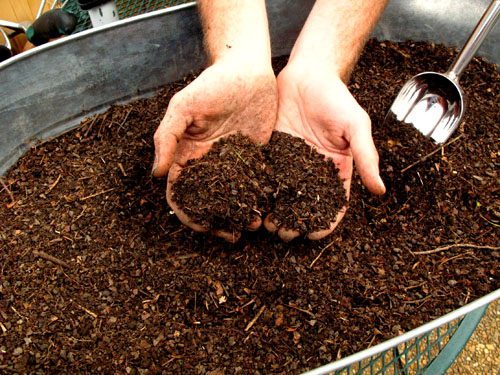Climate scientists are sure that humankind contributed to Global Warming. Increase in temperatures create a potential for rising sea level and reducing land surface on which people can live, undermining water and food security, ecosystems, infrastructure, and human health. Struggle for resources is likely to provoke armed conflicts and mass migration. Since this problem is aggravating very rapidly, actions should be taken to prevent or at least slow down further climate change and adapt to its effects.
Local responses proved to be ineffective. Therefore, states should develop a complex of behavioral, institutional and technological approaches, mix different strategies, combine policies, involve all actors from individual citizens to international institutions in a well-organized campaign against Global Warming. Governmental plans are fundamental, but the everyday behavior of all society members is also of great importance. That is why changes should be introduced at all levels.
People are often unaware about the issue, believe that it is not so important, that the state should solve all global problems or that risks will manifest themselves after hundreds of years when new generations will replace current ones.
Also, taking into account the controversial nature of media content, citizens do not understand which facts are true and false, how they should behave to preserve nature. Bloggers, researchers, and journalists promote different ideas. Some of them claim that climate change is just a myth, while others are sure that threats are quite real and the land surface may be covered with water in a dozen years.
People need some reliable information center which would provide them with the latest news and effective instructions. Experts from Pro-Papers are sure that the educational system quite can perform these functions.
Educating responsible citizens
Schools and universities are places where people not only study different majors but also learn to live in the modern world. According to alchemy tuition, the knowledge of ways to stop climate change is no less important than writing, reading and counting skills. Young people should find out how to become worthy sons and daughters of the Earth and not just good engineers, accountants or lawyers.
After mastering basics in a primary school, students develop such high-level skills as categorization, induction, and deduction. Educators not only provide information but also teach children to think logically, distinguish cause and effect connections, and solve problems.
Researchers claim that educated individuals better assess risks and make more correct decisions. Therefore, schools and universities should raise people not just living for today but thinking about the future, undertaking responsibility for all their choices and actions, in particular, those related to Global Warming.
Raising preparedness
Academic life teaches young people to plan their actions. Statistics show that educated citizens are more patient and goal-oriented, dispose of finances and time wisely, understand that certain actions have to be done, even if results will be assessed only by future generations. Their forward-looking worldview should increase the effectiveness of mitigation and adaptation approaches.
Educational institutions should ensure that graduates are ready for disasters and have all necessary knowledge to save their lives, can distinguish threats before they gain dangerous scale, instill the habit to prevent problems rather than suffer from consequences.
Access to resources
In addition to direct impact, an academic background may protect graduates from the effects of climate change indirectly. As a rule, people with a degree have higher social status and income level, which provides access to such resources as disaster insurance, quality houses in low-risk zones, and renewable energy sources used at home.
One more resource of great importance is information. Since young people get accustomed to processing large data volumes during their student period, it is much easier for them to find the necessary facts and instructions, make well-informed decisions. This refers not only to warnings and weather forecasts but also accessing a general environmental situation, drawing conclusions on complex issues.
Less educated people usually do not care about reducing emissions, changing their habits, consuming climate-friendly food, and using fuel-efficient cars. Teachers should emphasize the importance of all these things since the earliest grades, explain how nature-preserving behavior can change the world for better. Then our planet will have a strong social capital. People will have the motivation to be cautious and not ignore news about Global Warming like artificial hype.
Apart from in-class discussions, academic communities may inform students about climate change in social networks and at youth events. Multiple information channels ensure that important things will be heard and considered, more people will accept the ideas of sustainable consumption and lifestyle.
Parting Shot
Despite the above benefits, education is still not considered as a fundamental way to address the Global Warming problem, which means there is much work to be done. Joint efforts of the government and representatives of the scientific world are sure to bring good results.























